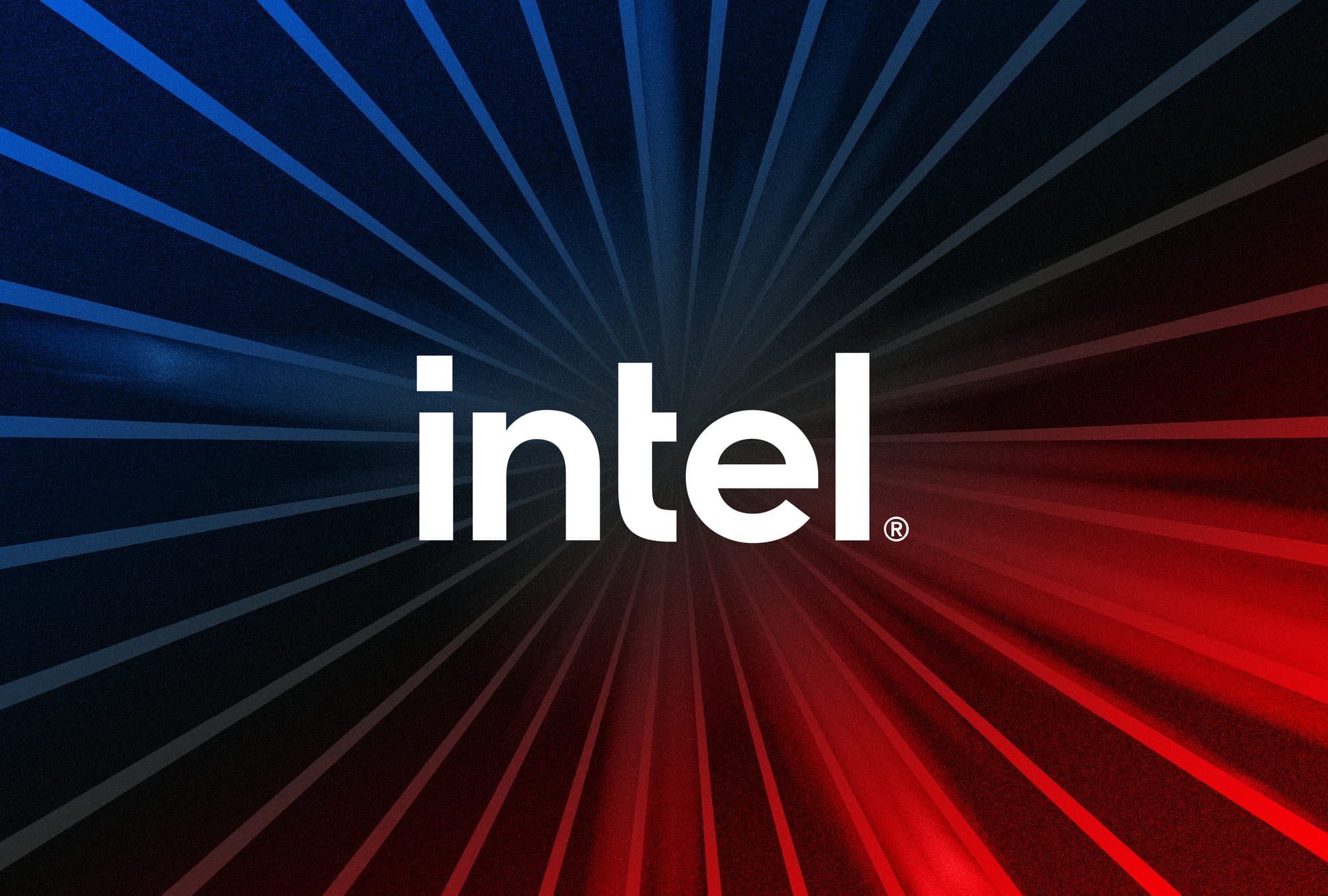The U.S. government has stepped onto the factory floor of America’s most famous chipmaker. New headlines—breathless, hopeful, and occasionally skeptical—are popping up everywhere: The U.S. government is in discussions to take a direct financial stake in Intel, with a particular focus on jumpstarting its much-delayed, multibillion-dollar semiconductor campus in Ohio. The move comes as the chip industry faces global supply chain pressures, national security worries, and fierce competition from Asia-based rivals.
This is more than a business headline. It’s the latest—and one of the boldest—chapters in a bipartisan push to bring advanced manufacturing back to American soil, protect economic independence, and secure the country’s technological edge. But what’s really at stake? Let’s take a thoughtful, measured look at what’s happening—and what it means for U.S. productivity, innovation, and the future of work.
The Backdrop: Semiconductors as a National Priority
Semiconductors are the brains of modern devices—from smartphones to fighter jets. Yet, for years, the U.S. has watched Asia, particularly Taiwan and South Korea, gain dominance in advanced chip production. This reliance worries policymakers because almost anything critical—from defense to healthcare—depends on increasingly scarce chips.
In 2022, the U.S. kicked its semiconductor policy into high gear with the CHIPS and Science Act. The law provided billions to build domestic fabs, and Intel became one of the biggest beneficiaries, securing up to $8.5 billion in direct grants and more than $11 billion in potential loans over just a few years. This support was meant to accelerate Intel’s $100+ billion, multi-state expansion, including a “Silicon Heartland” in Ohio, projected to create tens of thousands of jobs and transform American tech manufacturing.
But even $100 billion isn’t always enough. Supply chain snags, geopolitical tensions, and engineering challenges have slowed Intel’s Ohio buildout. Enter the latest twist: The U.S. government is now considering a direct equity stake, not just grants or loans, to help Intel cross the finish line.
What’s Happening Now?
Reports indicate that the Trump administration is in talks with Intel about purchasing shares, to accelerate Ohio’s fab construction and boost U.S. manufacturing capacity. The discussions reportedly gained urgency after President Trump urged Intel’s CEO to resign over perceived conflicts of interest related to China—an illustration of how deeply politics, national security, and business are entwined in this sector.
How would a government stake work? Details are still under wraps, but such a move would mark a notable shift: Uncle Sam as an investor, not just a regulator or customer. The government’s involvement could help Intel secure additional capital, reassure private investors, and possibly push customers like Apple, Nvidia, and AMD to use Intel’s foundries—especially if tariffs or incentives are attached to the deal. As one analyst noted:
“Any arrangement involving the U.S. and third-party investors will likely necessitate tariffs that strongly incentivize customers such as Nvidia, AMD, and Apple to utilize Intel Foundry”.
Intel’s stock jumped more than 7% on the news, reflecting Wall Street’s optimism—or at least its relief—that help may be on the way. But the company remains under pressure. Despite annual revenues above $50 billion, Intel has lost ground in the AI chip race to Nvidia and has struggled to convince customers to use its contract manufacturing services.
Why This Matters for Productivity and Innovation
For U.S. businesses and digital marketers, this is a wake-up call. Here’s why:
- Supply Chain Resilience: More American-made chips mean fewer disruptions for industries reliant on electronics—think healthcare devices, cloud infrastructure, and even consumer gadgets.
- Job Creation: Intel’s expansion is projected to create more than 10,000 company jobs and nearly 70,000 support and construction roles. For local economies, especially in Ohio, this could be transformative.
- National Security: Domestic production of advanced chips is seen as critical to securing defense systems, critical infrastructure, and sensitive data.
- Innovation: Intel’s Ohio and Arizona campuses are designed to produce the world’s fastest logic chips and advanced packaging technologies. This could position the U.S. as a leader in the next wave of computing, including AI and quantum.
- Competitiveness: The move signals that the U.S. government is willing to use both financial heft and policy to keep American companies in the global tech race.
The Risks and Nuances
Not everyone is cheering. Some market analysts question whether Intel truly needs a bailout, given its still-strong revenues. Others worry about the precedent of the U.S. government taking equity stakes in private firms, blurring the line between public and private sectors. “Speculative discussions should be viewed as mere conjecture unless officially confirmed by the administration,” cautioned a White House spokesperson, reflecting the delicate nature of the talks.
There’s also the question of effectiveness. Will a government stake actually speed up production, or add layers of bureaucracy? Can Intel catch up to TSMC and Samsung in manufacturing prowess, even with a cash infusion? These are open questions, and the answers may shape U.S. tech policy for years to come.
What’s Next?
As of August 2025, the discussions remain just that—discussions. If a deal is reached, it will be one of the most significant public-private partnerships in recent history, with major ramifications for American industry, national security, and economic strategy.
For business leaders, content creators, and marketers, this development is a reminder that technology, policy, and productivity are increasingly inseparable. What happens in Ohio’s fabs could ripple through healthcare marketing campaigns, e-commerce platforms, and even the devices we use every day.
As Intel CEO Pat Gelsinger has said, “AI is supercharging the digital revolution and everything digital needs semiconductors”. The U.S. government’s potential stake in Intel isn’t just about chips. It’s about keeping America at the center of the next industrial revolution—and ensuring the country writes the rules of the game, rather than just playing along.
The Bottom Line
The possible U.S. government stake in Intel signals a new era of industrial policy, where economic security, technological leadership, and job creation are treated as national priorities—not just business concerns. The outcome could redefine American productivity, innovation, and global competitiveness for a generation. For those watching, investing, or marketing in this space, it’s a story you can’t afford to miss.
Keep your eye on Ohio—the heartland of American tech may be beating faster than ever.




Discussion